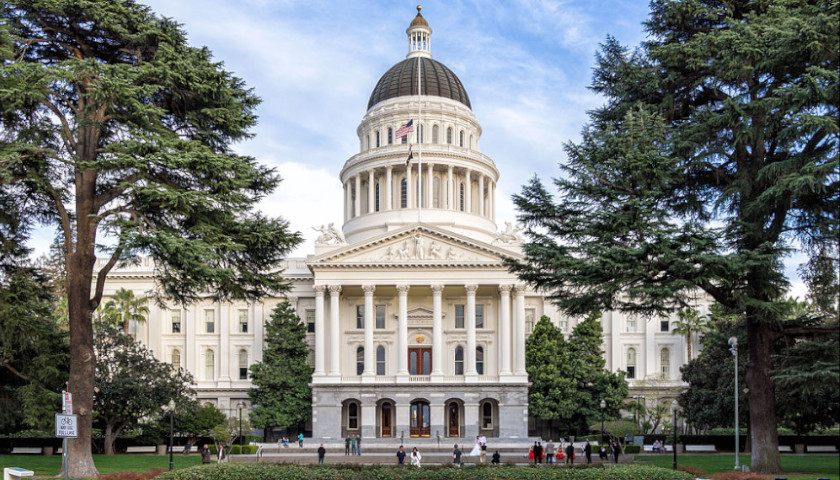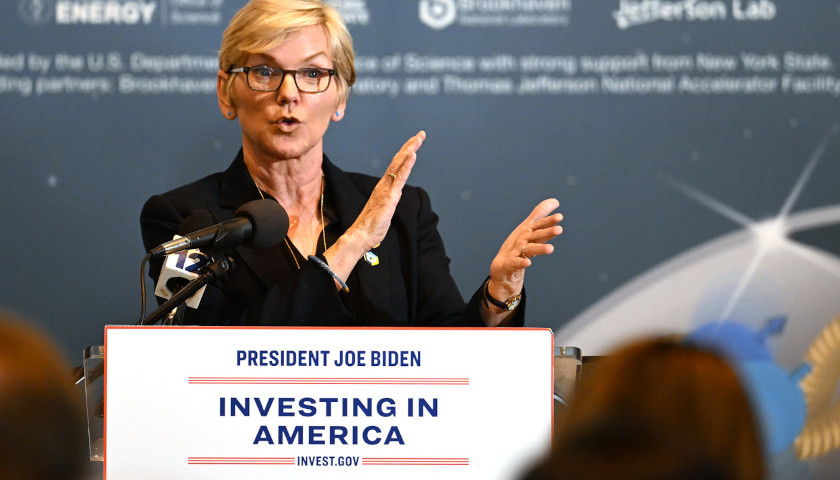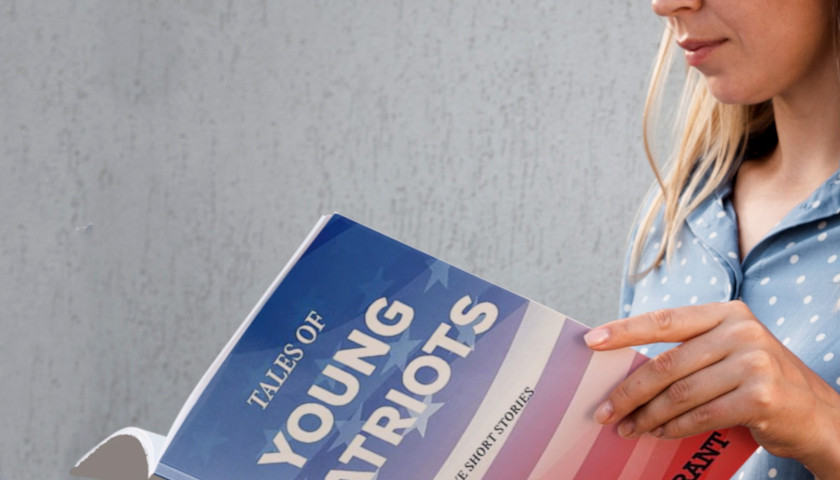by Adam Andrzejewski
California may have one of the largest economies in the world, but when it comes to keeping tabs on its own spending it’s dead last among the states. For years, all 49 other states have been able to answer a single public records request and show us where they spent taxpayer money – every check to every company, nonprofit, union or other entity.
That transparency is a powerful way for citizens to scrutinize how the government spends their money. Is it efficient and effective? Does it help people who have real needs?
However, California battled us for a decade, rejecting requests to open its books, and fighting us in court. The controller, Betty Yee, characterized the state checkbook as a “limited public interest” and ridiculously argued that it was an “undue burden” to “locate” the expenditures.
Yes, it’s officially a pain for California to account for your money.
So, our organization did it for them. We filed 442 records requests to every state agency. In four months, we did what California would not: assembled and published online nearly 6.2 million records – 201,684 state vendors who received $87 billion in fiscal year 2021.
With so much data, there are countless deeper policy stories to tell. A big one is about public sector unions.
Think about it: Taxpayers fund salaries for public school teachers, corrections officers, health workers, administrators, bureaucrats, and more. Taxpayers also fund the collection of union dues and pay even more for trainings, conferences, and professional certification classes. Then, the cash-rich unions make massive campaign donations. Now clout-heavy, the unions, with tens of thousands of dues paying members then go back to the very politicians that they helped elect to negotiate for more pay, perks, and pension benefits.
It’s a closed loop system of back-scratching on our dime. It’s public financing of elections – a way for California Democrats – and some Republicans – to stuff their campaigns by washing taxpayer money.
After compiling the state checkbook, this political patronage cycle is in full view, with tax dollars flowing to state employees, then recycled into political campaigns, and back again.
Case in point: the Professional Engineers in California Government union, whose 12,600 members mostly work for CalTrans, the state’s transportation agency. They already earned an average of $192,000 annually at taxpayer expense.
Now, taxpayers are on the hook for an additional $458 million after the Governor Gavin Newsom’s administration made a deal for large cash raises and a new no-worker-cost family leave benefit. The union’s political action committee (PAC) gave an eye-popping $1 million in donations to Newsom’s campaign fund to fight his recall last year and already invested an additional $64,800 during this cycle.
In another example, the California Correctional Peace Officers Association, whose 31,000 members work in prisons and already made an average of $101,000 in base salary alone, received $5,000 in Covid-19 bonuses, plus pay raises. The PAC’s response? $1.75 million to stop Newsom’s recall; $29,200 in campaign donations four years ago; and $32,400 so far this year.
However, the California Teacher’s Association (CTA) topped the most powerful list. CTU contributed at least $1.8 million to a variety of Newsom’s political funds. Roughly $136 billion is spent by federal, state, and local governments on K-12 education in California. During the pandemic, Newsom issued orders to mask all students and a first-in-the-nation Covid-19 student vaccine mandate (however, implementation was recently delayed until next summer).
The same pattern applies to public attorneys, administrative law judges, scientists, and more. Unionization applies to nearly all types of state employees, except those staffers of the General Assembly. Lawmakers keep voting down measures to allow their own employees to organize.
Frequently, the promises conferred by the Newsom administration and General Assembly weren’t funded. The state’s public employee retirement fund, CalPERS is only 70 percent funded, with $611 billion in pension debt. Therefore, the state would need to dig further into the public purse to make good on future payments it overpromised.
Still more conflicts of interest abound. Governor Newsom raised $475,000 in campaign donations from 2,000 state employees – including a $10,000 donation from a staffer employed in the Office of Governor. Are raises merit based, or because you are a friend of Gavin?
Perhaps California hates opening the books because now the citizens can see the details and follow the money. Using the data posted on our website at OpenTheBooks.com, finally, they can all make a determination:
Is the spending in the public interest or the special interest?
– – –
Adam Andrzejewski is the CEO and founder of OpenTheBooks.com, the largest private database of U.S. public-sector expenditures.
Photo “California Capitol” by Andre m. CC BY-SA 3.0.





